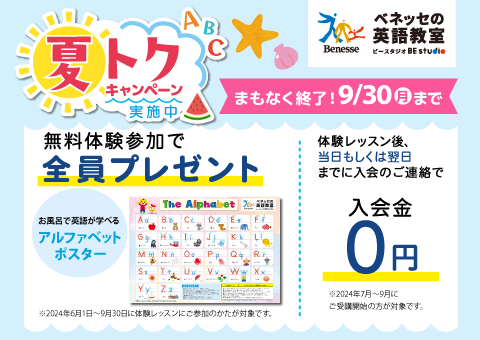"Sushi Book" (1970) written by Osamu SHINODA described that preserved food of fish meat of hill folks in Southeast Asia was the origin of sushi, and was developed as a means of preservation of fish which was seldom available due to the highlands.
篠田統著『すしの本』(1970年)は、東南アジアの山地民の魚肉保存食を寿司の起源とあげ、高地ゆえ頻繁に入手が困難な魚を、長期保存する手段として発達したものとしている。
Wikipedia日英京都関連文書対訳コーパス
















